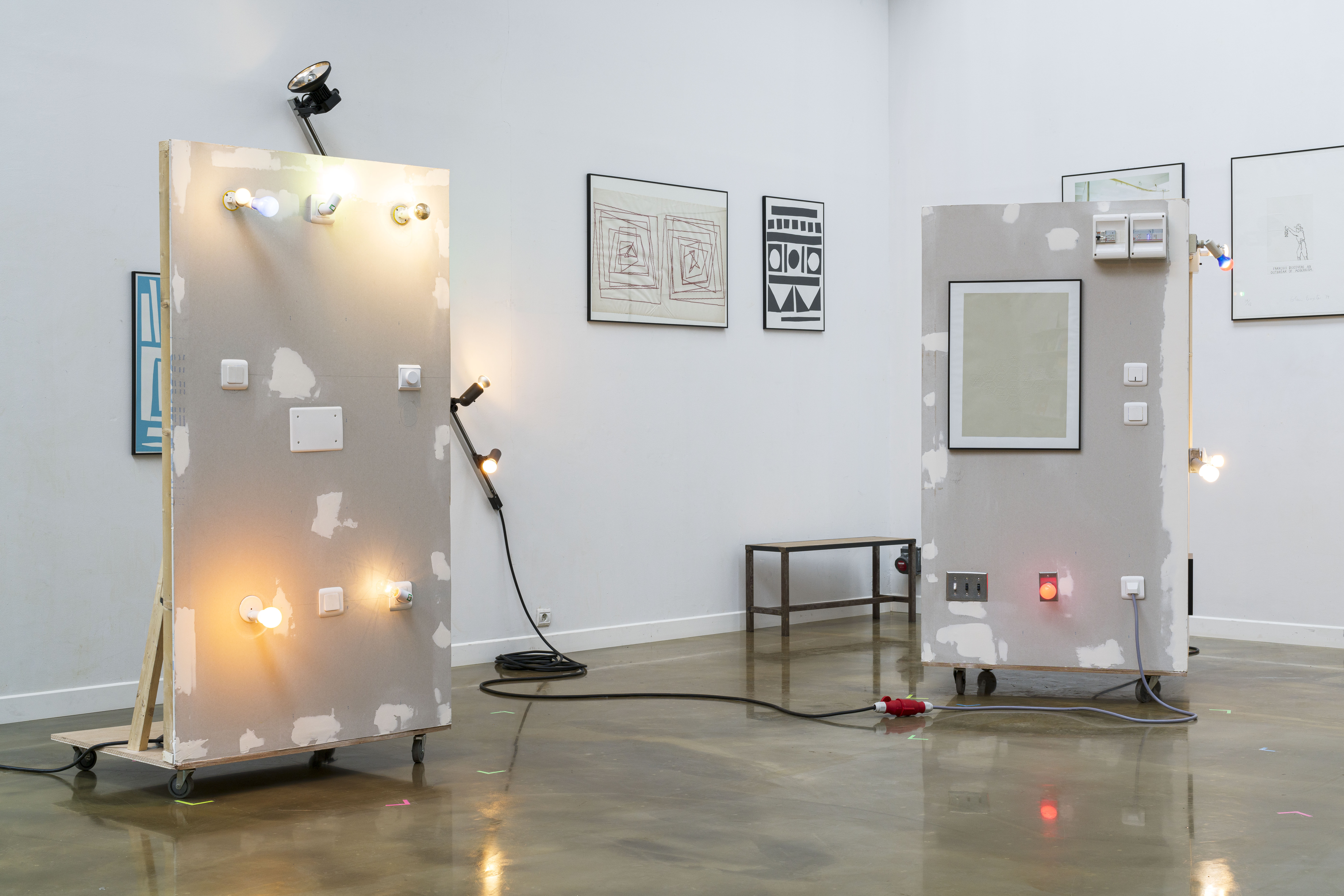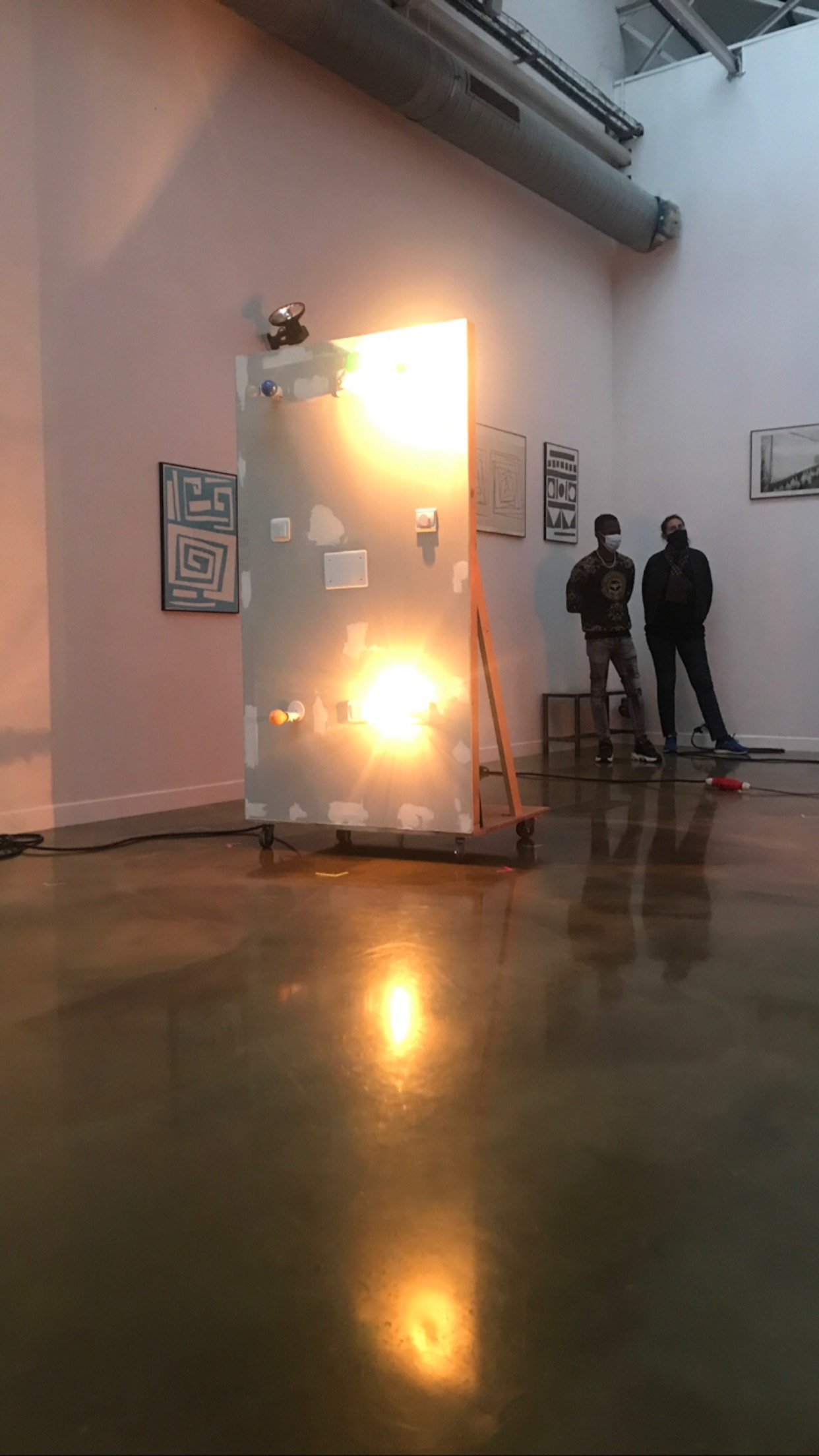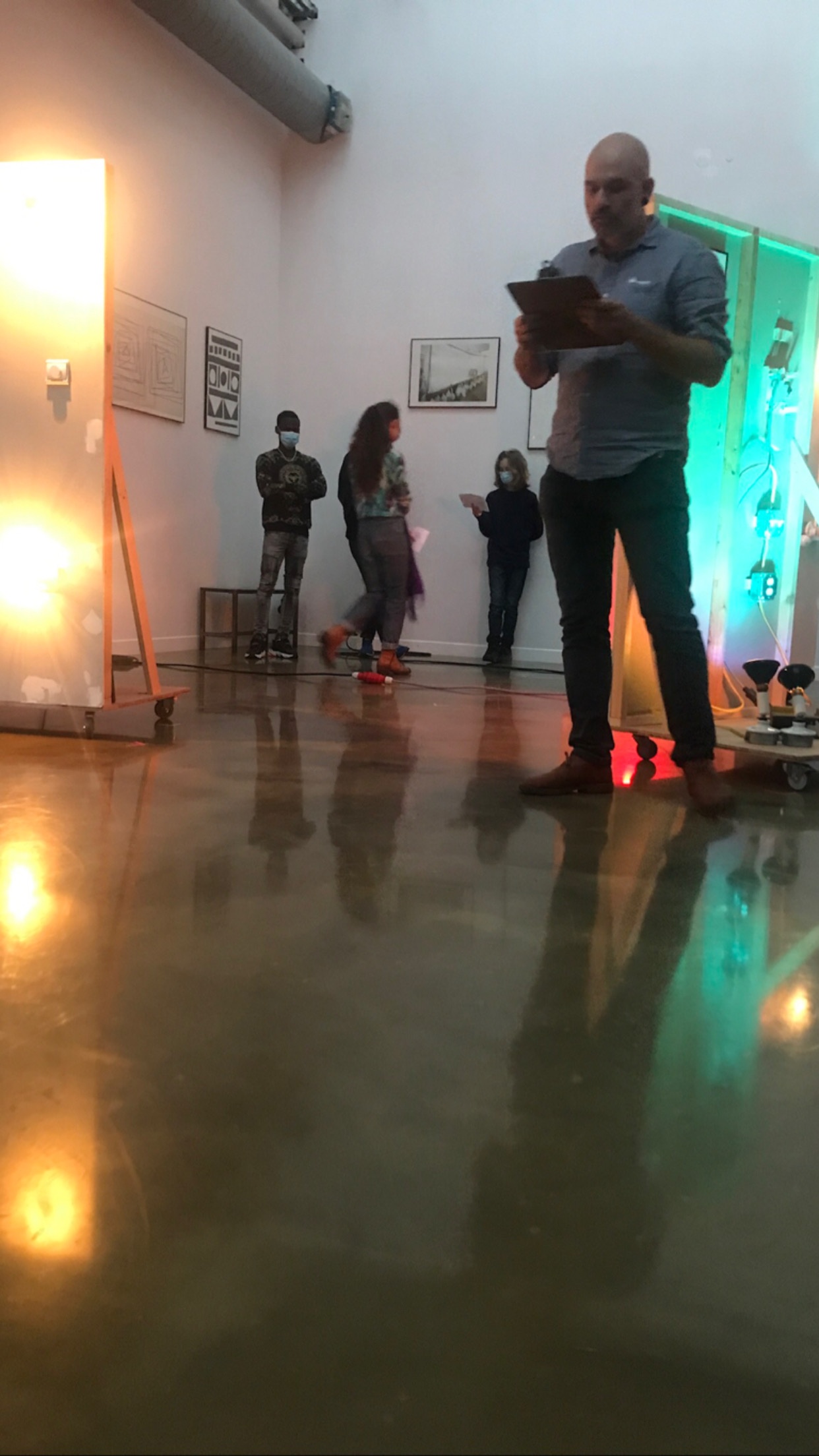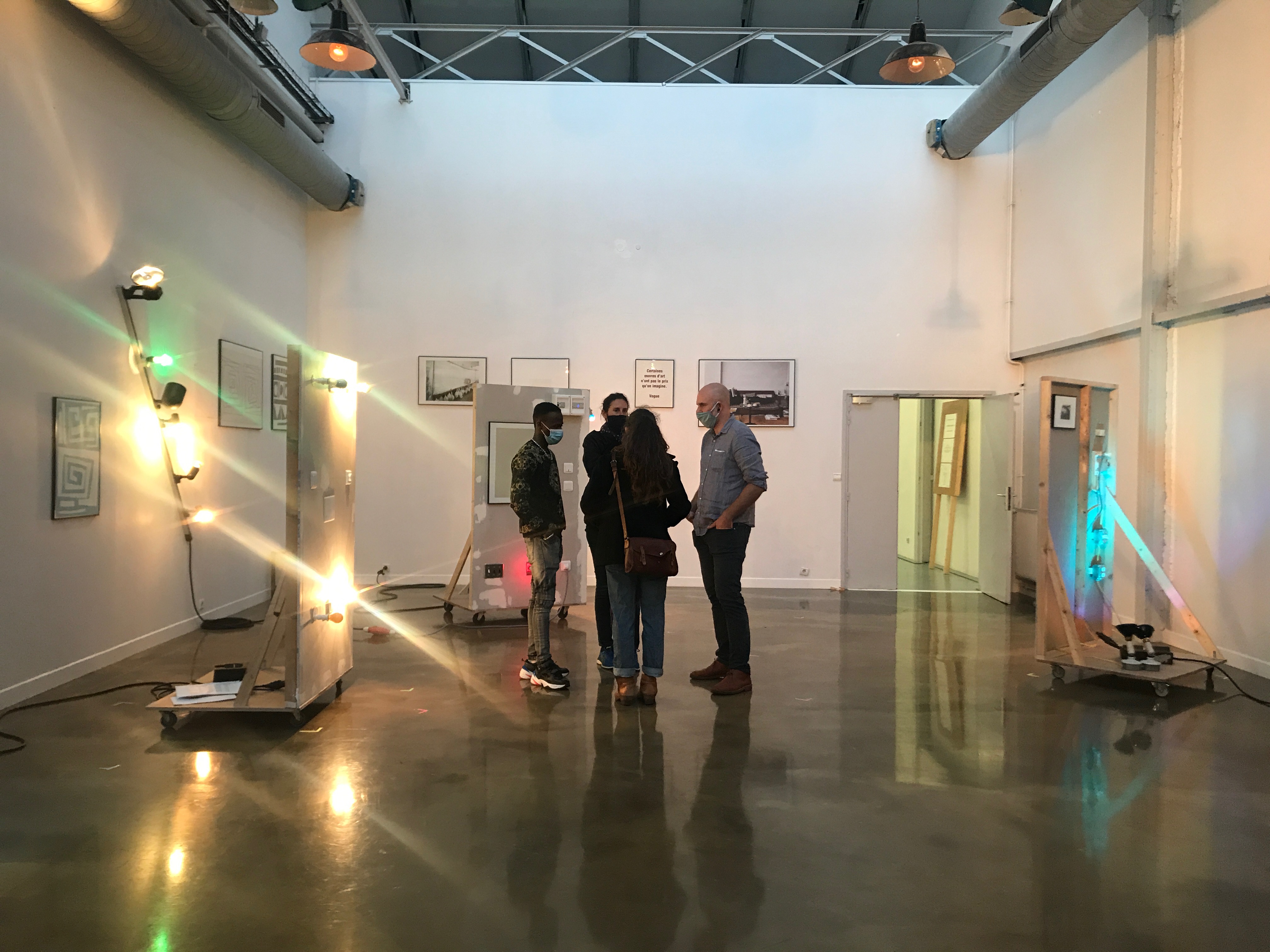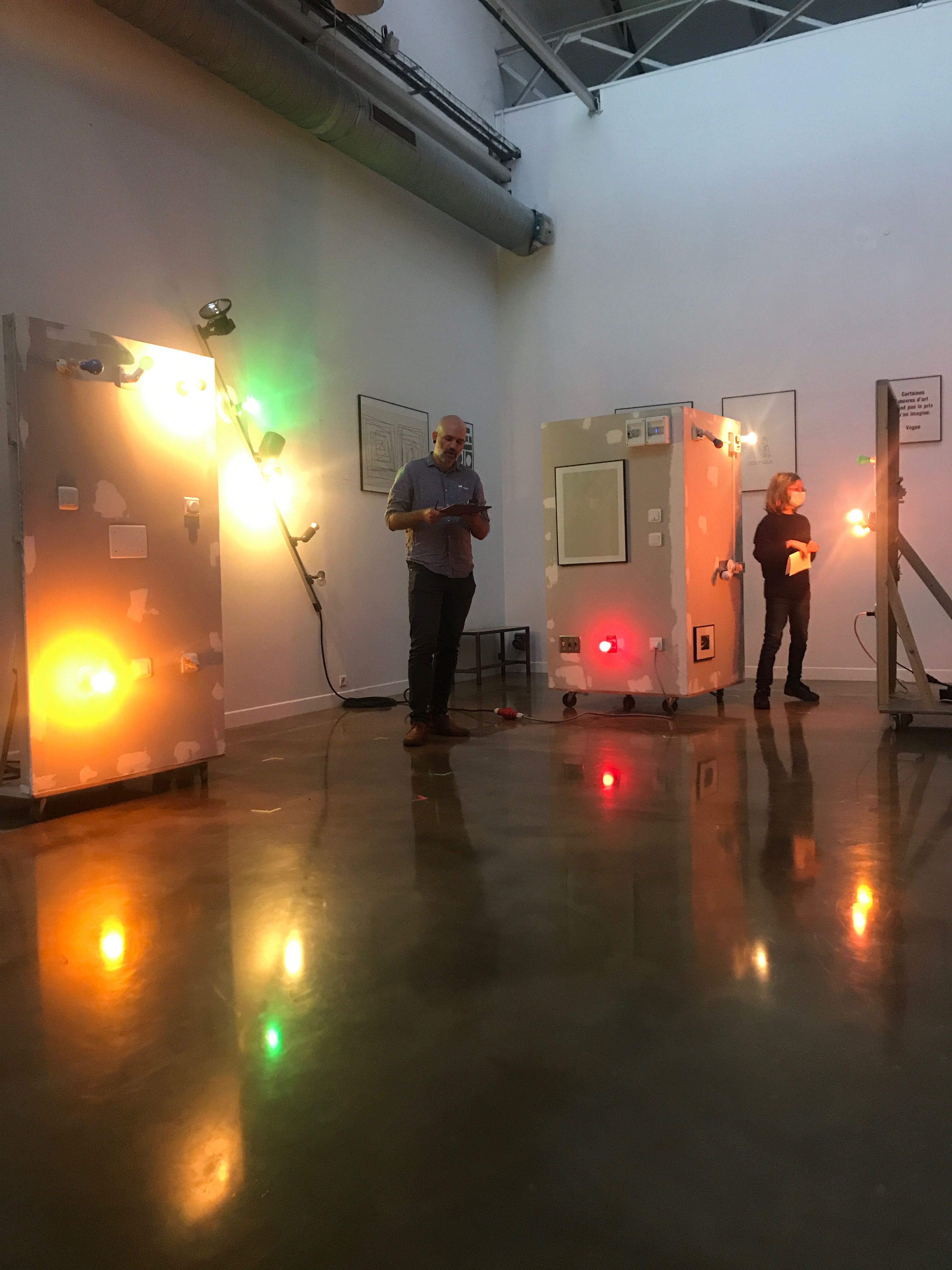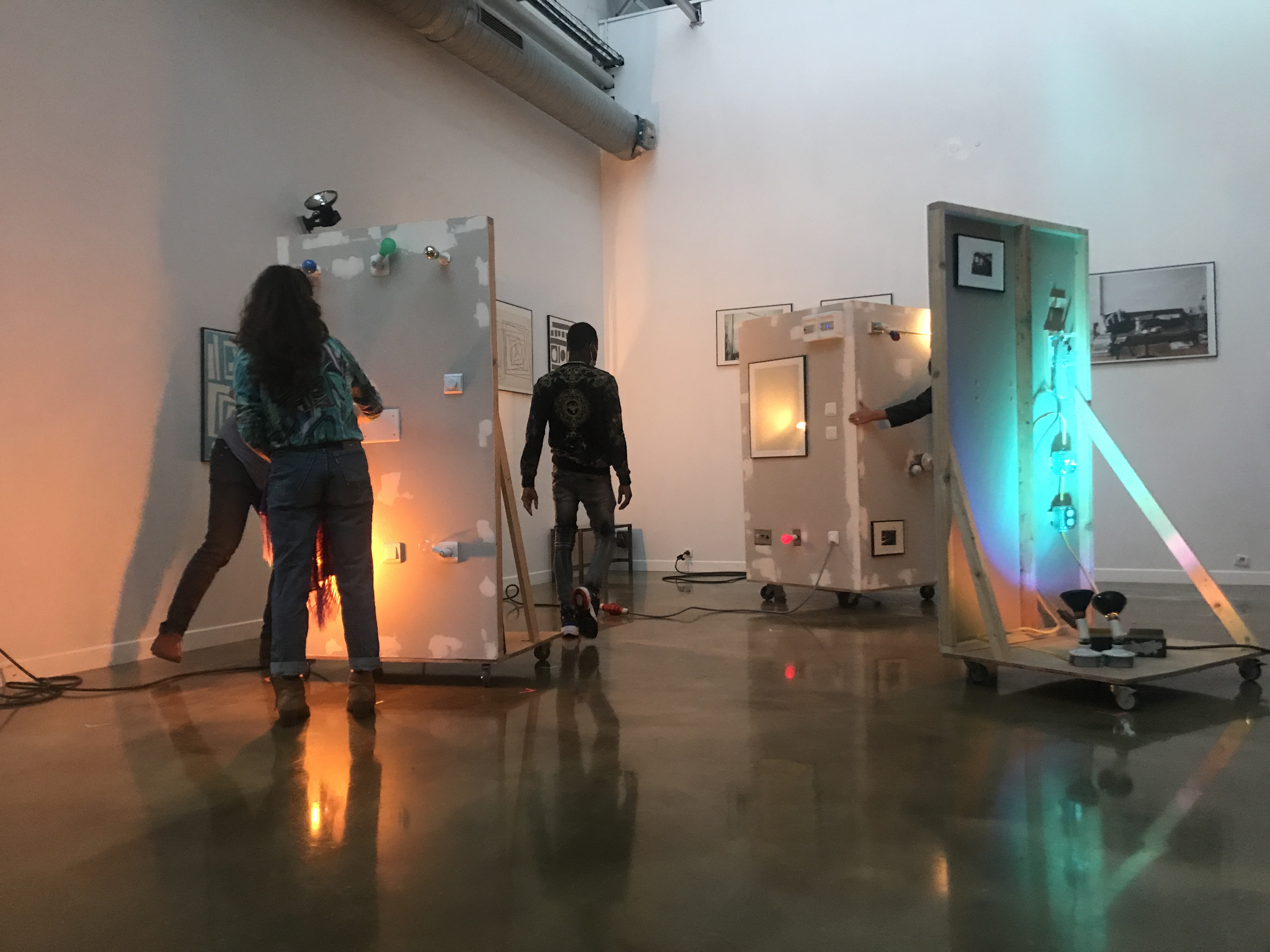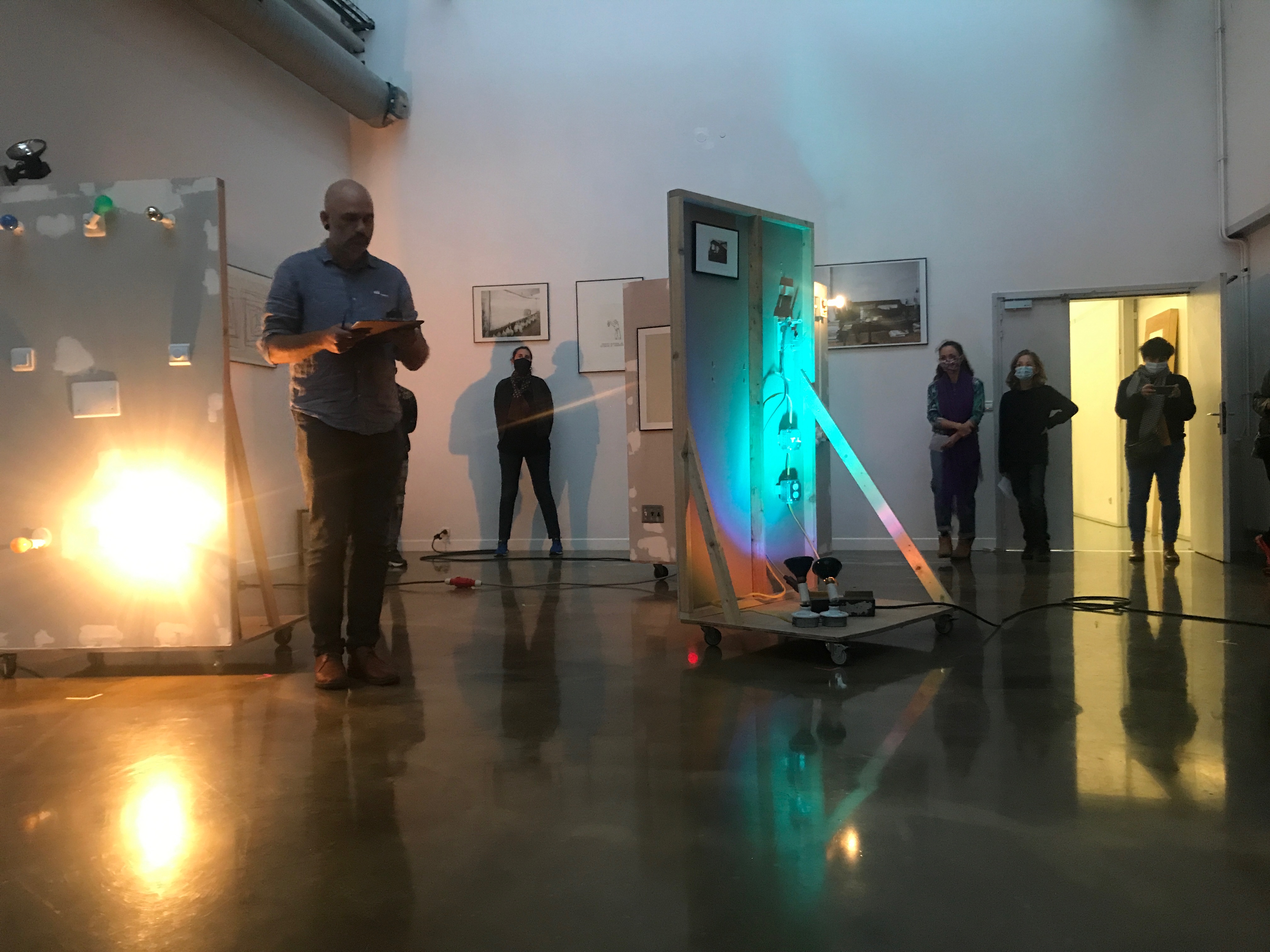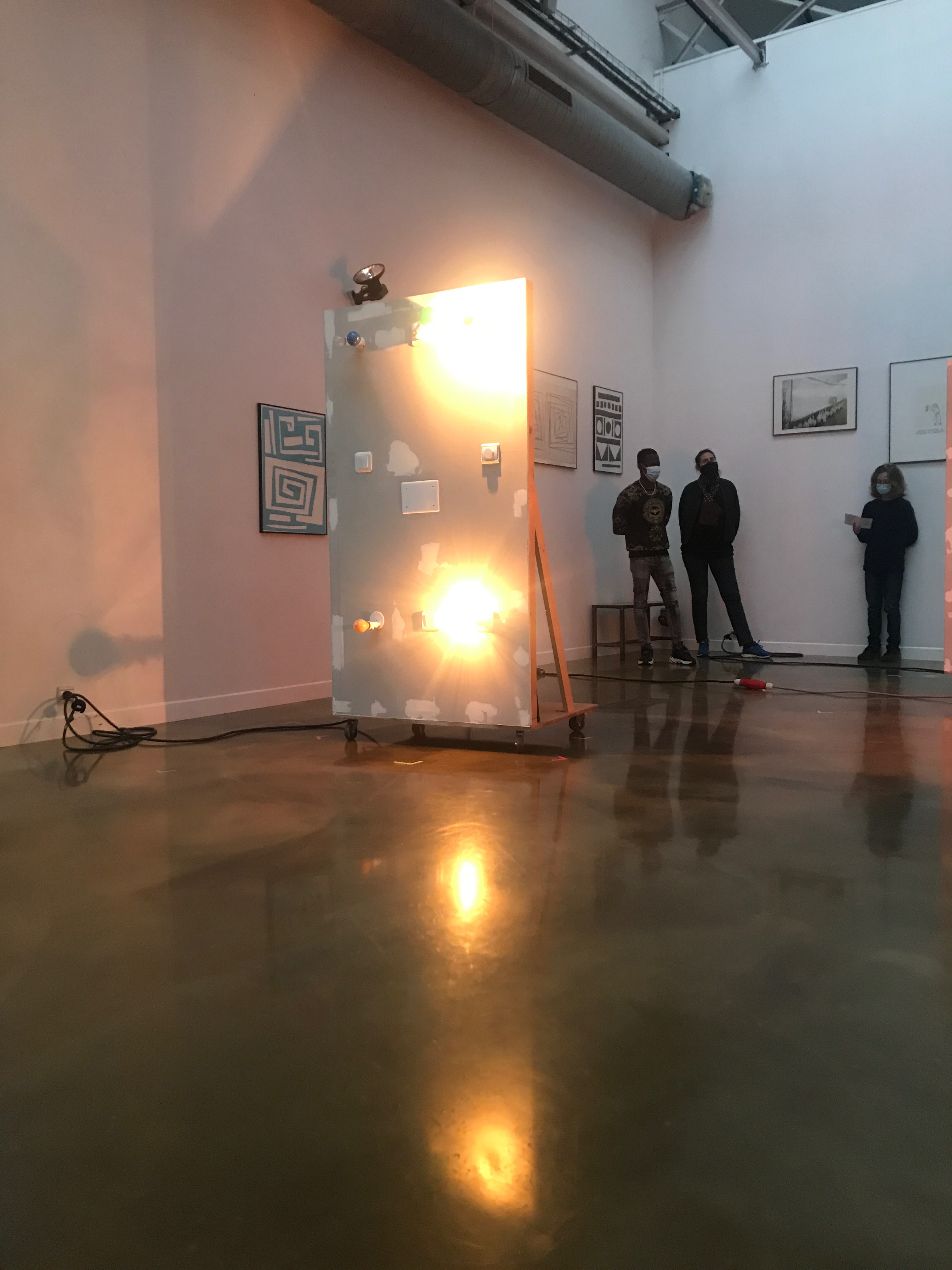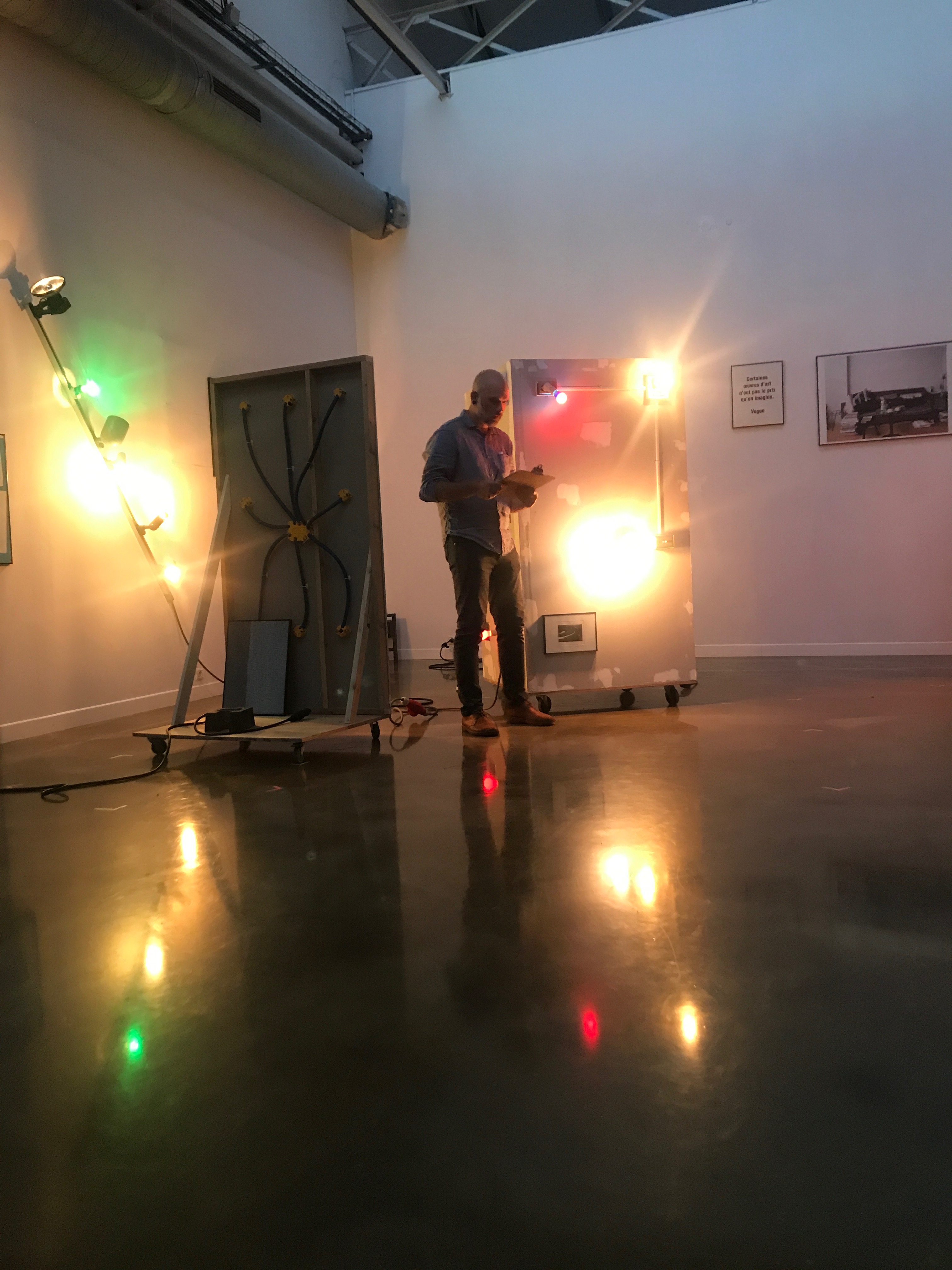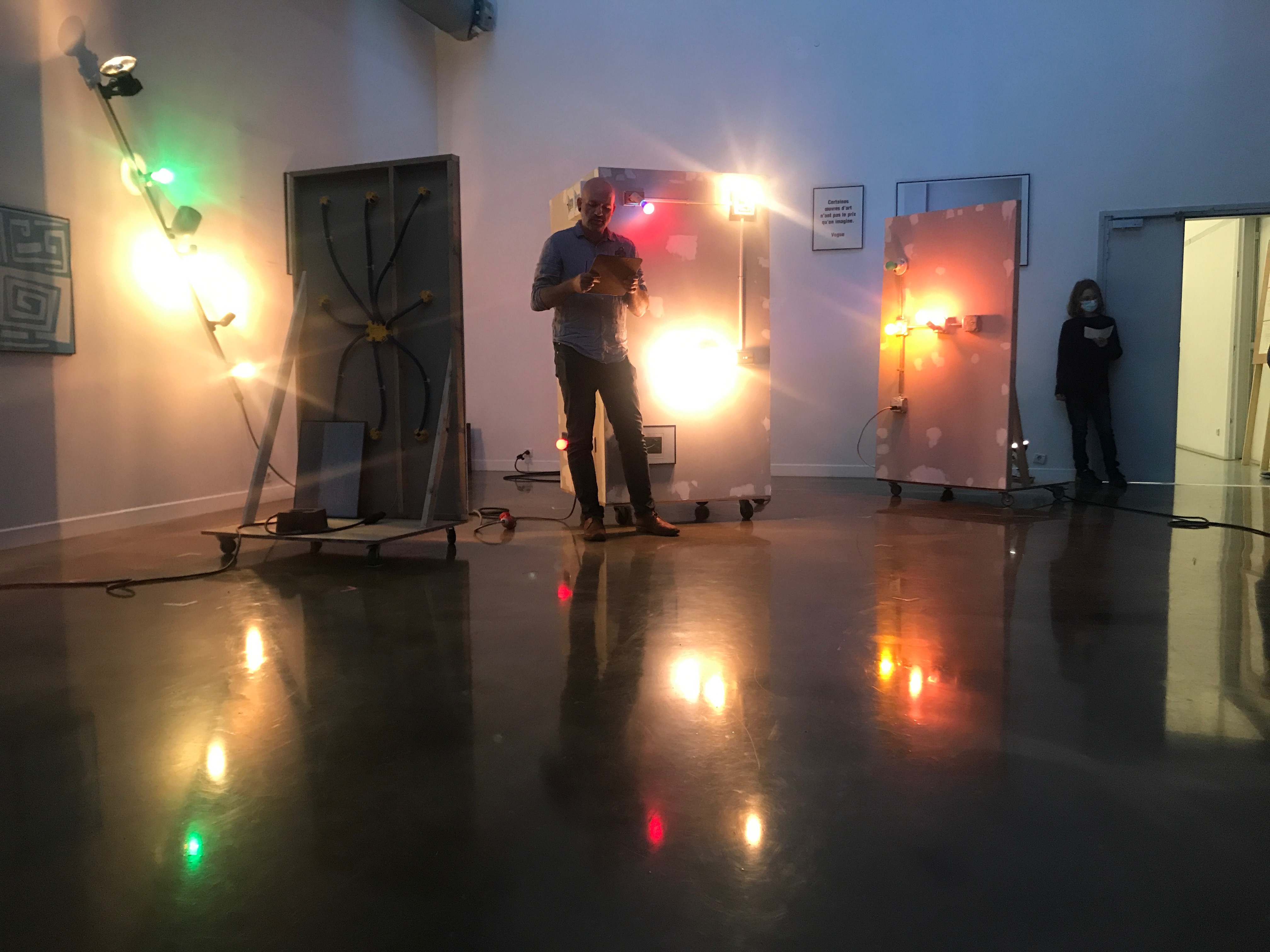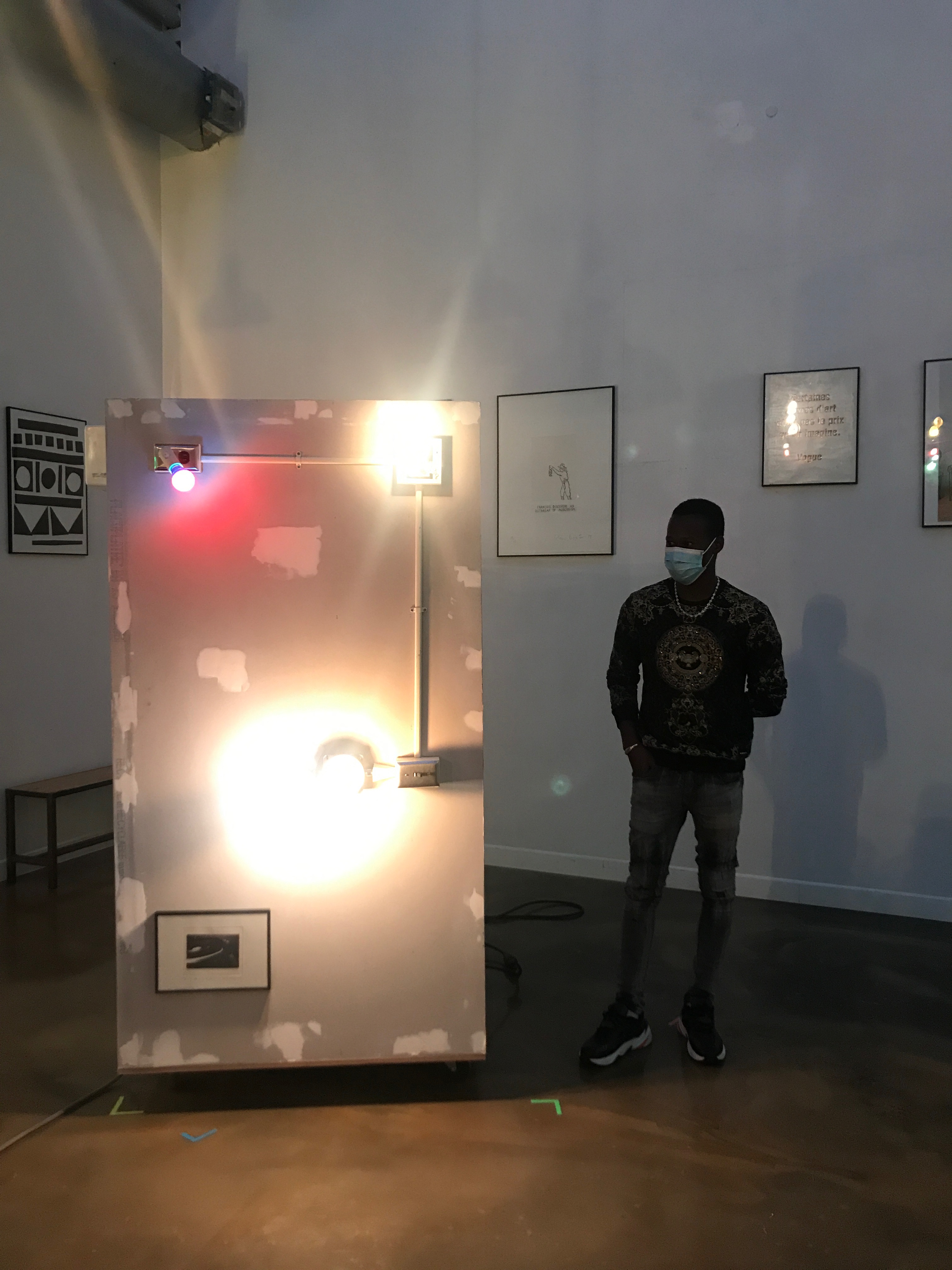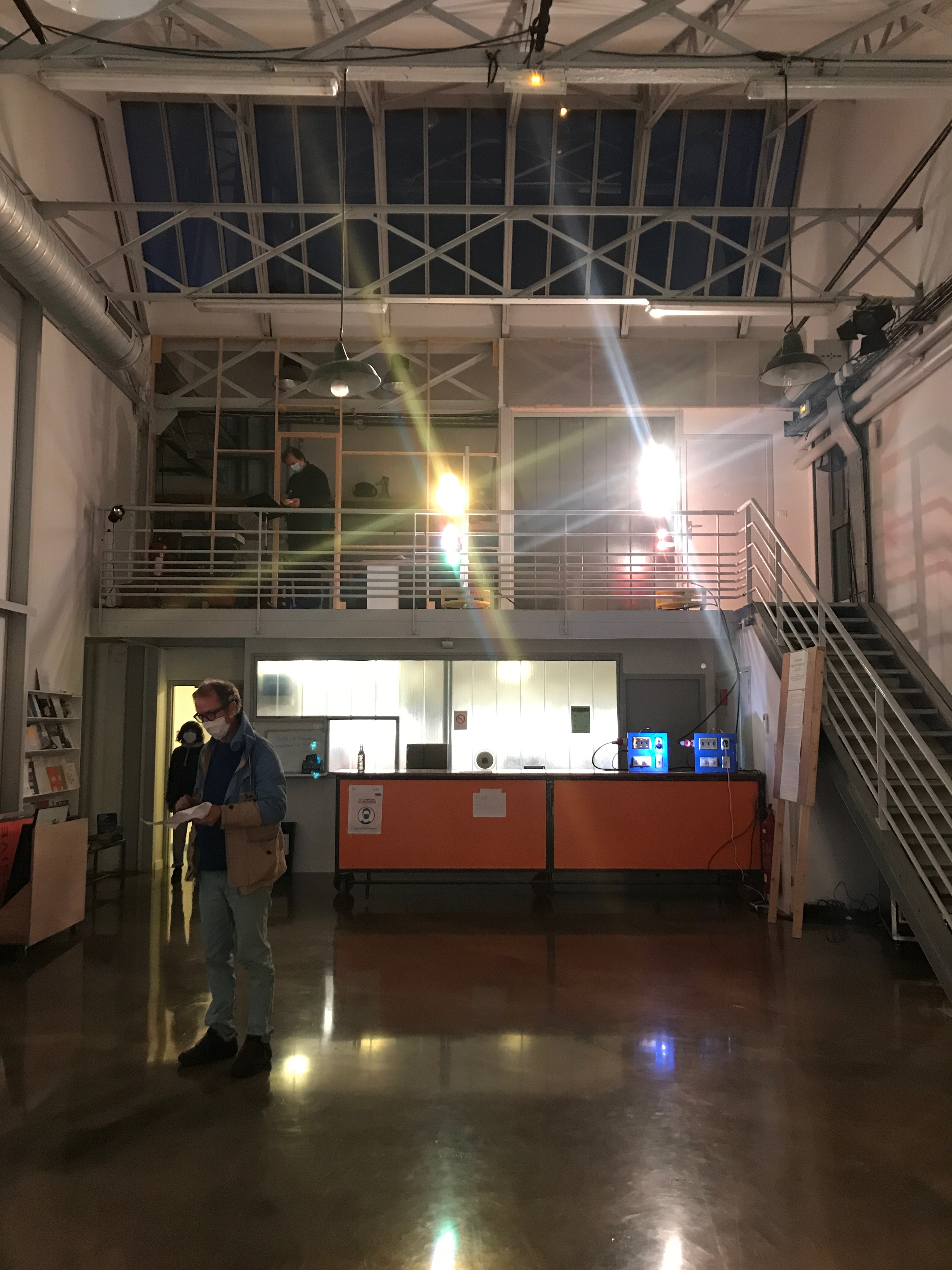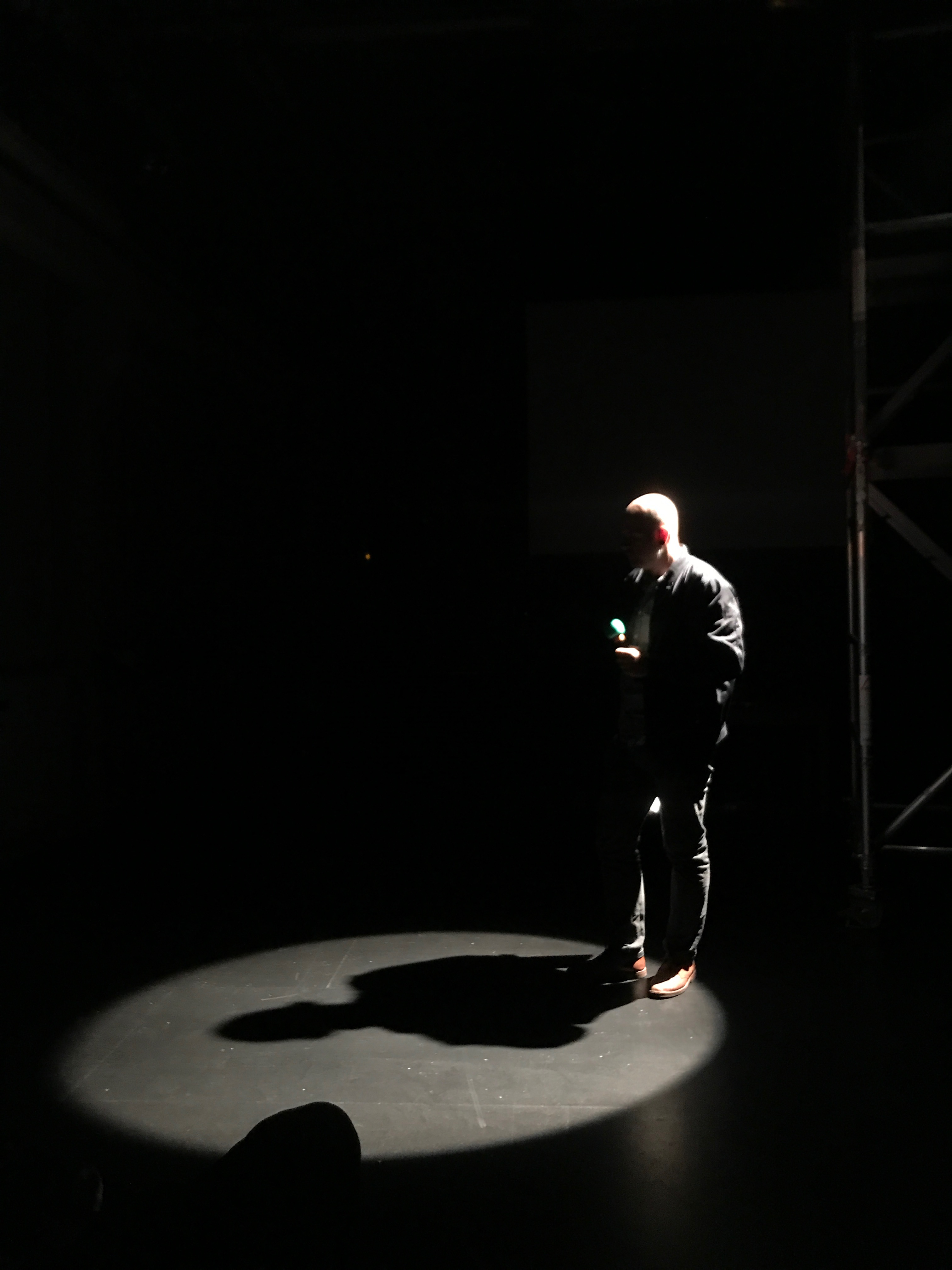MAIS OÙ EST L’INFRASTRUCTURE? – NICHOLAS VARGELIS
From 02 oct. au 18 déc. 2020 Les Laboratoires d'Aubervilliers
Curated by Sylvie Boulanger and Marie-Laure Lapeyrère
"Mais où est l'infrastructure ?" is an exposition from Nicholas Vargelis, invited by Les Laboratoires d'Aubervilliers.
The exhibition is currently closed but is extended through Friday 18 December 2020.
“Mais où est l’infrastructure ?” is an exposition from Nicholas Vargelis, invited by Les Laboratoires d’Aubervilliers and curated Sylvie Boulanger and Marie-Laure Lapeyrère. The exhibition is currently closed but is extended through Friday 18 December 2020.
Partition walls and lighting control panels, “Mais où est l’infrastructure ?” is a performative work nested in the cabinet d’amateur “J’ai réarrangé la collection”. With simple materials from French and American hardware stores, Nicholas Vargelis constructs temporary exhibition walls that make visible the infrastructure that is usually absorbed into the building. He thus plays with the architectural formats for exhibitions. Nicholas Vargelis lives in Aubervilliers and New York. The notion of infrastructure is essential in his approach. Objects common to all forms of habitat, networks, systems, and lighting techniques fascinate him. Tracks, lamps, circuits, buttons, wires, bulbs, are banal everyday objects, present in all homes but their aesthetics evolve with standards, rules and cultures, often without our knowledge. Ultimately, social organizations underpin technological forms.
Text from the performance
For the opening of the exposition, Nicholas Vargelis proposed a performance whose text is taken from Light on the subject: stage lighting for directors and actors –and the rest of us, by David Hays (French translation by Damien Airault):
« Lighting instruments can be crudely divided into those used to light performers and those used to tone the stage or contribue to scenic effects. It’s not a sharp distinction because many instruments in one category will do just fine in the other.
“Lamp” is our mystery word for “light bulb.” You’re already familiar with the three major parts. The “bulb” means only the glass part — the round (globular) or pear-shaped or tubular glass envelope. Inside this is the second major part, the filament. Both of these parts are attached to the third major part, the base. There are new breeds of stage lamps now, with names like quartz or tungsten-halogen.
The smaller the filament, the more accurately a reflector can redirect its light. The filament should be aligned perfectly with the reflector for the best results. That’s why we rarely use household screw bases. In fact, the glass bulb will melt unless it keeps its proper distance from the hot filament.
Another unit in our arsenal is a reflector lamp. These lamps have a mirror surface coated on the inside of the bulb, in perfect permanent relationship to the filament. You choose the angle of spread when you order reflector lamps, and some models have a useful oval field of light. Some have a color cast into the glass itself.
We’ve now noted the basic instruments — let’s plug them in. This is simple, easy compared to plugging in a lamp or a toaster at home. The trouble is the ornate labeling, an appetizer in our feast of confusion.
A modern theater, like a home, is full of waiting receptacles, handy to the lamps you want to connect. These receptacles have names, usually describing their location. Some typical names are Ceiling Cove, Balcony Front, Box Right, First Floor Pocket Left, or First Electric. In each location, including the pipes, there will probably be several receptacles, and these are numbered.
For ballet or opera we still usually build from washes of color from the front, overhead, and sides. But in a play we can’t escape the idea of areas. We usually build from areas and then add the washes and effects.
There are three primary colors in light, just as there are in paint, but they are different. This is theory and rarely works perfectly. Yellow is common to both red and green — other colors cancel out.»
Practical informations
{Les Laboratoires d'Aubervilliers 41, rue Lécuyer 93300 Aubervilliers.}
